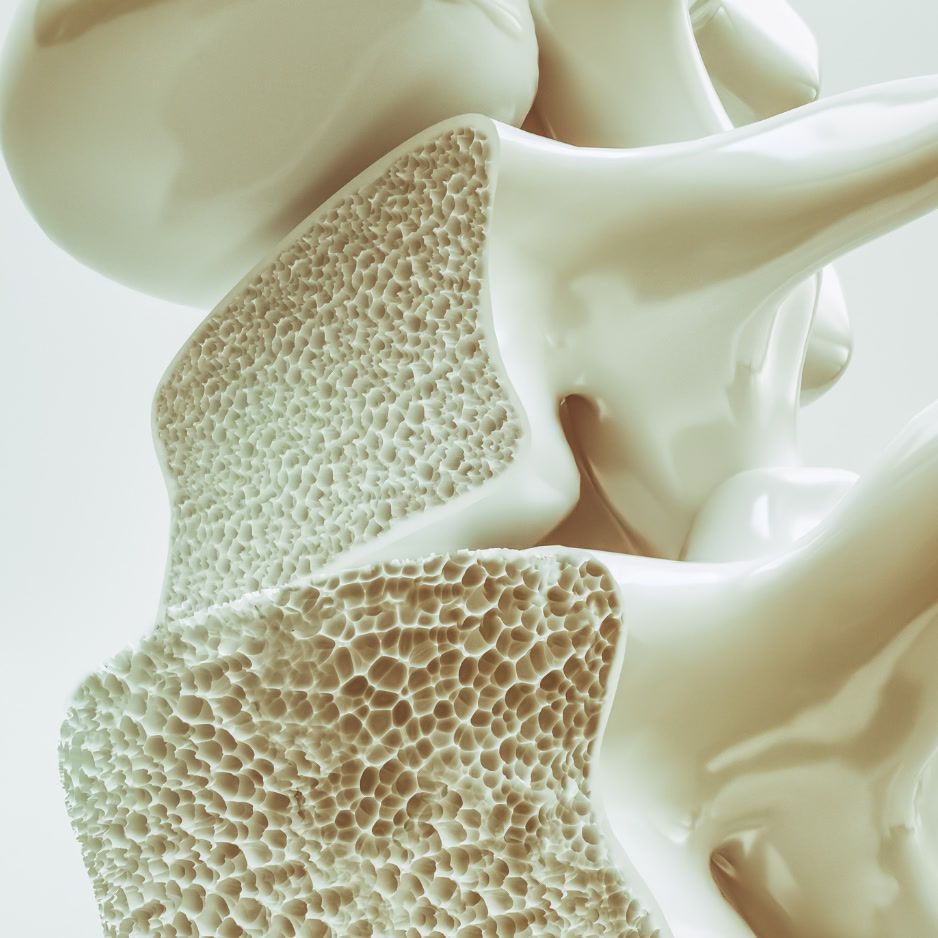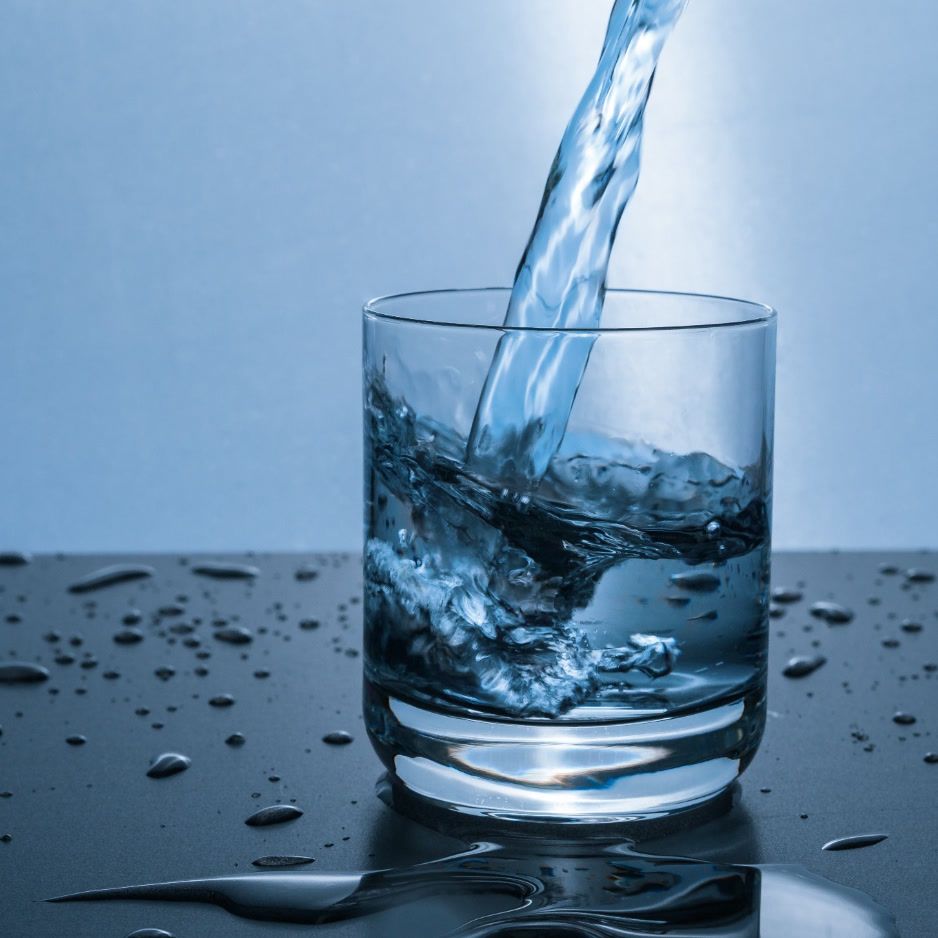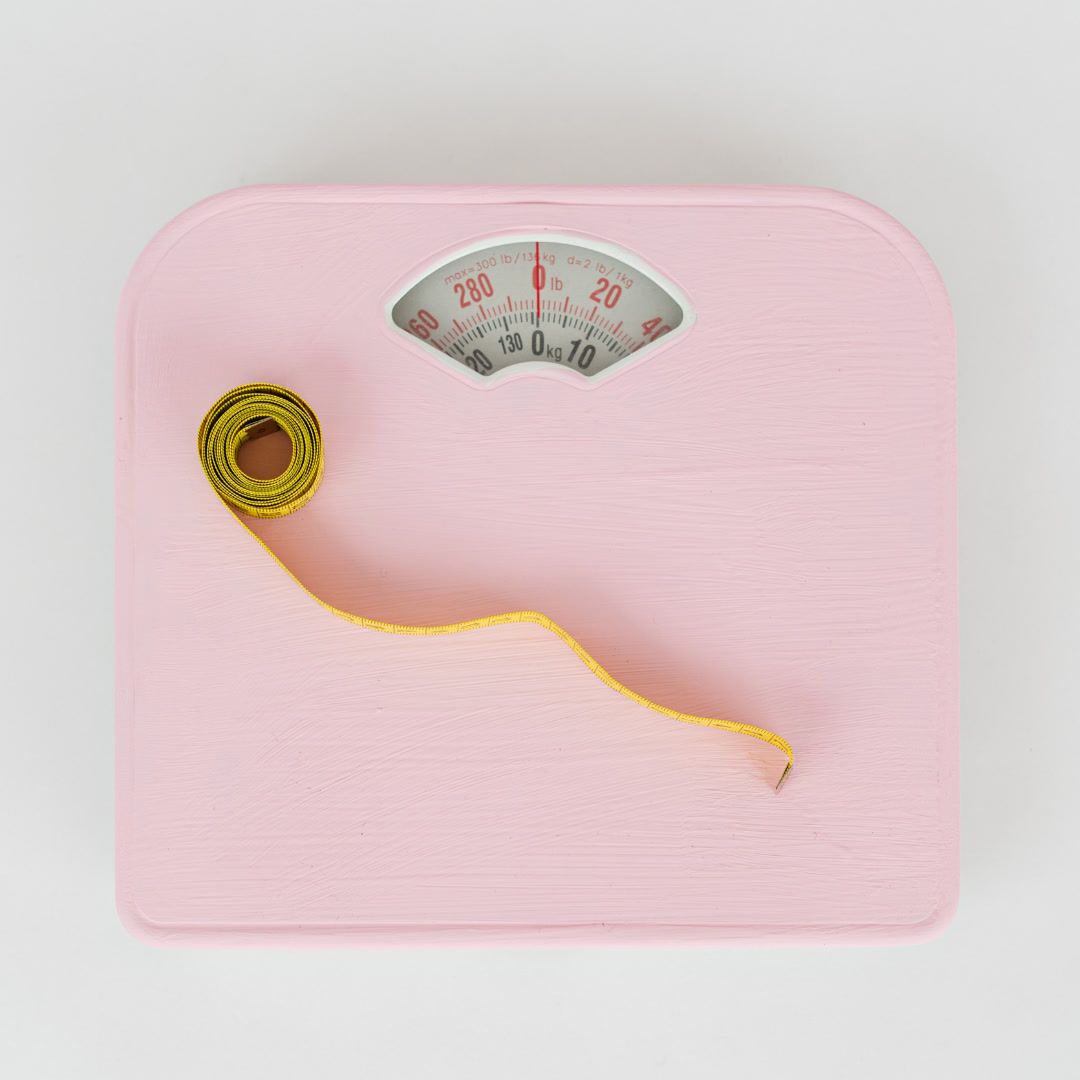Best Body Fat Scales of 2025: Expert Picks
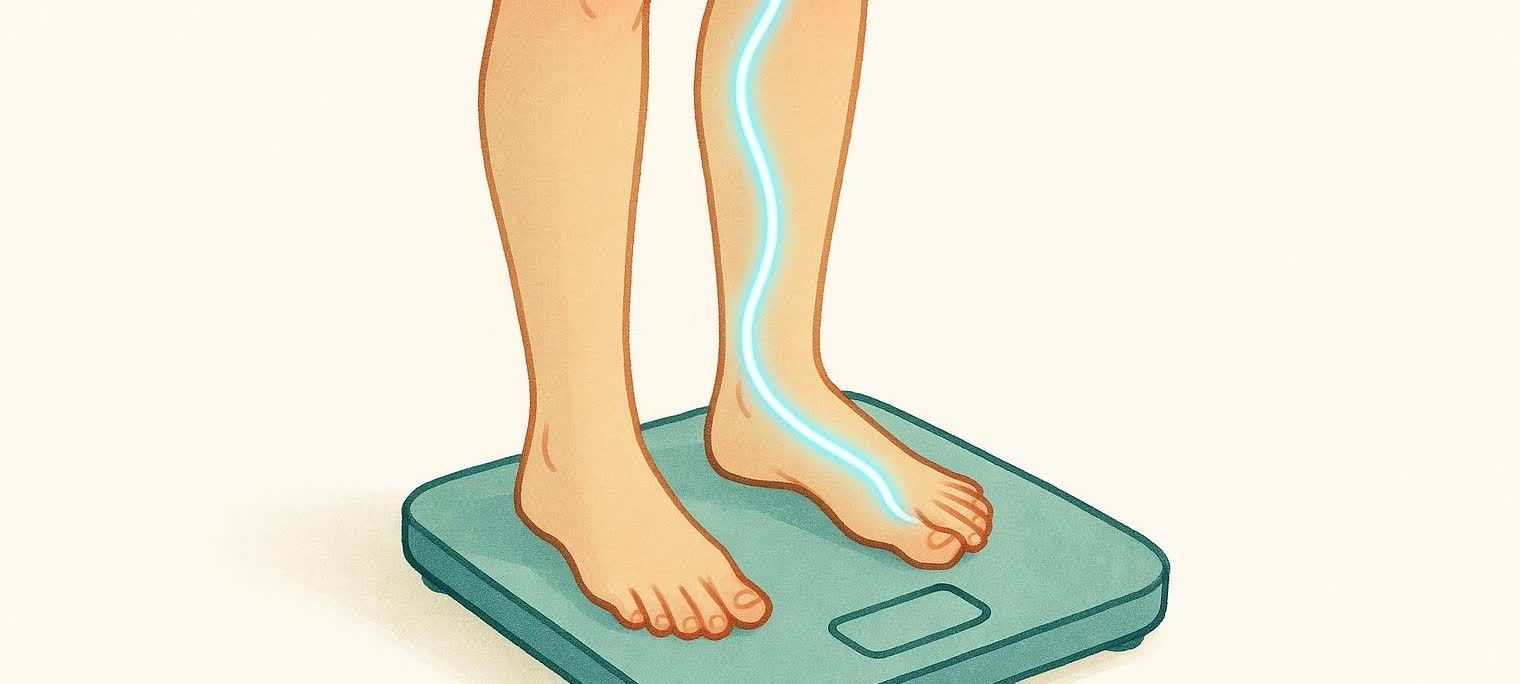
Best Body Fat Scales of 2025: Expert Picks
At BodySpec, we regard dual-energy X-ray absorptiometry (DEXA) as the gold standard for measuring fat, muscle, and bone. Smart body-fat scales can still be valuable between DEXA scans for tracking daily or weekly trends—if you understand how they work, what affects accuracy, and which features matter for your goals. This expert guide explains the science, sets clear buying criteria, and then compares leading 2025 models by use case and budget.
Consumer scales rely on bioelectrical impedance analysis (BIA). Recent research shows common, predictable biases rather than perfect accuracy. For example, a 2021 JMIR mHealth study found several popular scales systematically underestimated fat mass by roughly 2–4 kg versus DEXA. At the same time, body weight readings were very close to true values, with median absolute error approximately 0–0.3 kg (JMIR 2021). The key is buying the right model and using it consistently.
Below you’ll find:
- A quick primer on how BIA works
- Research on accuracy vs. lab standards
- Our 2025 picks by user type and budget
- Pro tips for reliable readings
How Do Body-Fat Scales Work?
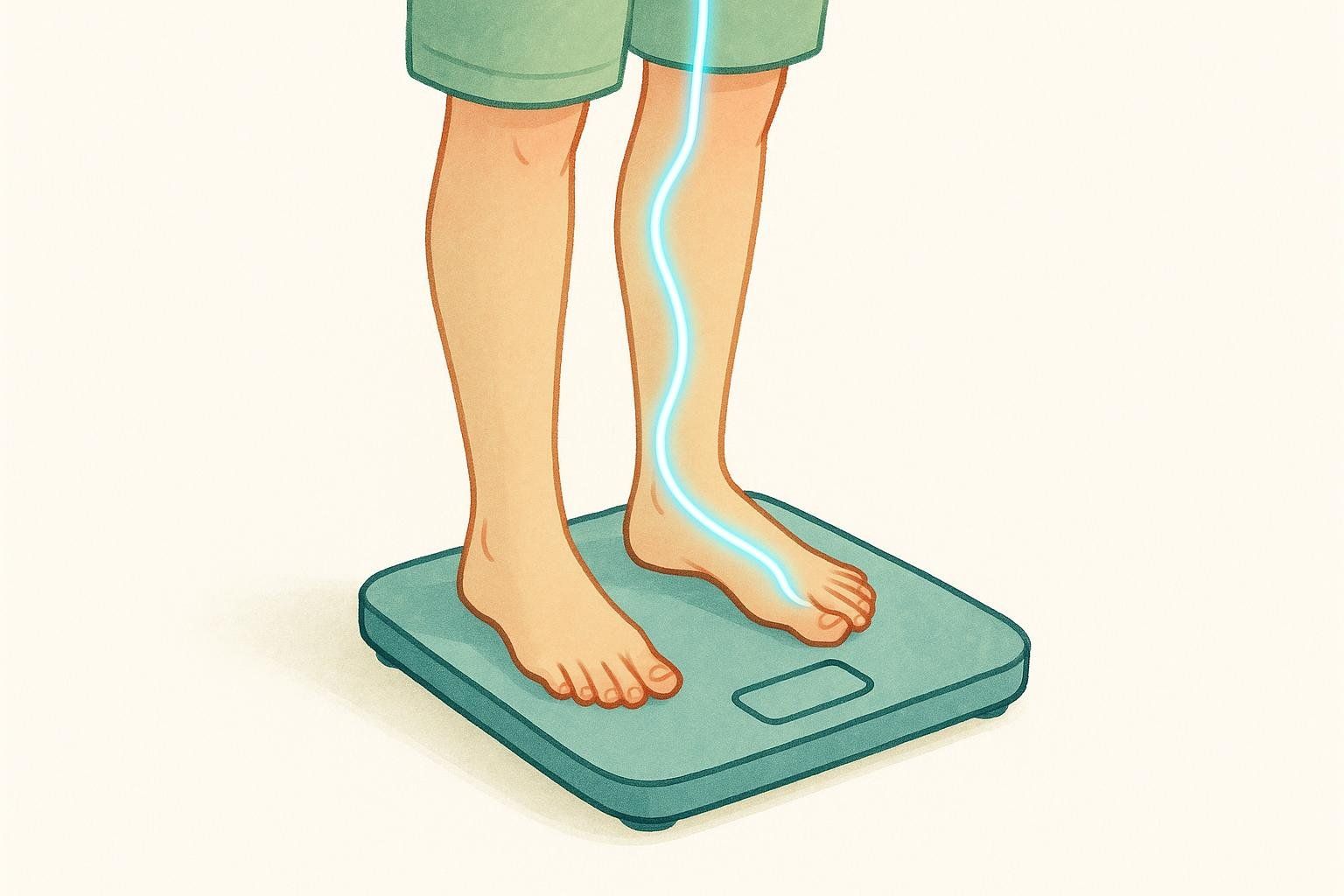
Body-fat scales send a harmless electrical current from one foot to the other. Because water-rich lean tissue conducts electricity better than fat, the device estimates your body-fat percentage.
BIA estimates can be skewed by:
- Hydration level
- Meal timing
- Skin temperature
- Calluses or lotion on the feet
- Whether the device uses single- or multi-frequency currents
For a deeper comparison of BIA to clinical methods like underwater weighing and DEXA, read our guide to hydrostatic weighing.
Body-Fat Scale Accuracy: How Far Off Are They From Reference Methods?
| Study | Devices Tested | Key Result vs. Reference | Takeaway |
|---|---|---|---|
| 2021 JMIR mHealth & uHealth | 3 consumer smart scales | Fat mass was systematically underestimated by about 2–4 kg vs. DEXA; weight error was near-zero | Good for trends; not a replacement for DEXA in clinical decision-making (JMIR 2021) |
| 2023 British Journal of Nutrition | 15 BIA devices | Cross-sectional constant error ranged from about −3.5% to +11.7% body-fat vs. a four-compartment (4C) model; some octapolar/segmental devices performed better. Longitudinal change tracking showed smaller errors (SEE ≈ 1.7%–2.6%) | Choose higher-spec BIA and focus on trends over time (Br J Nutr 2023) |
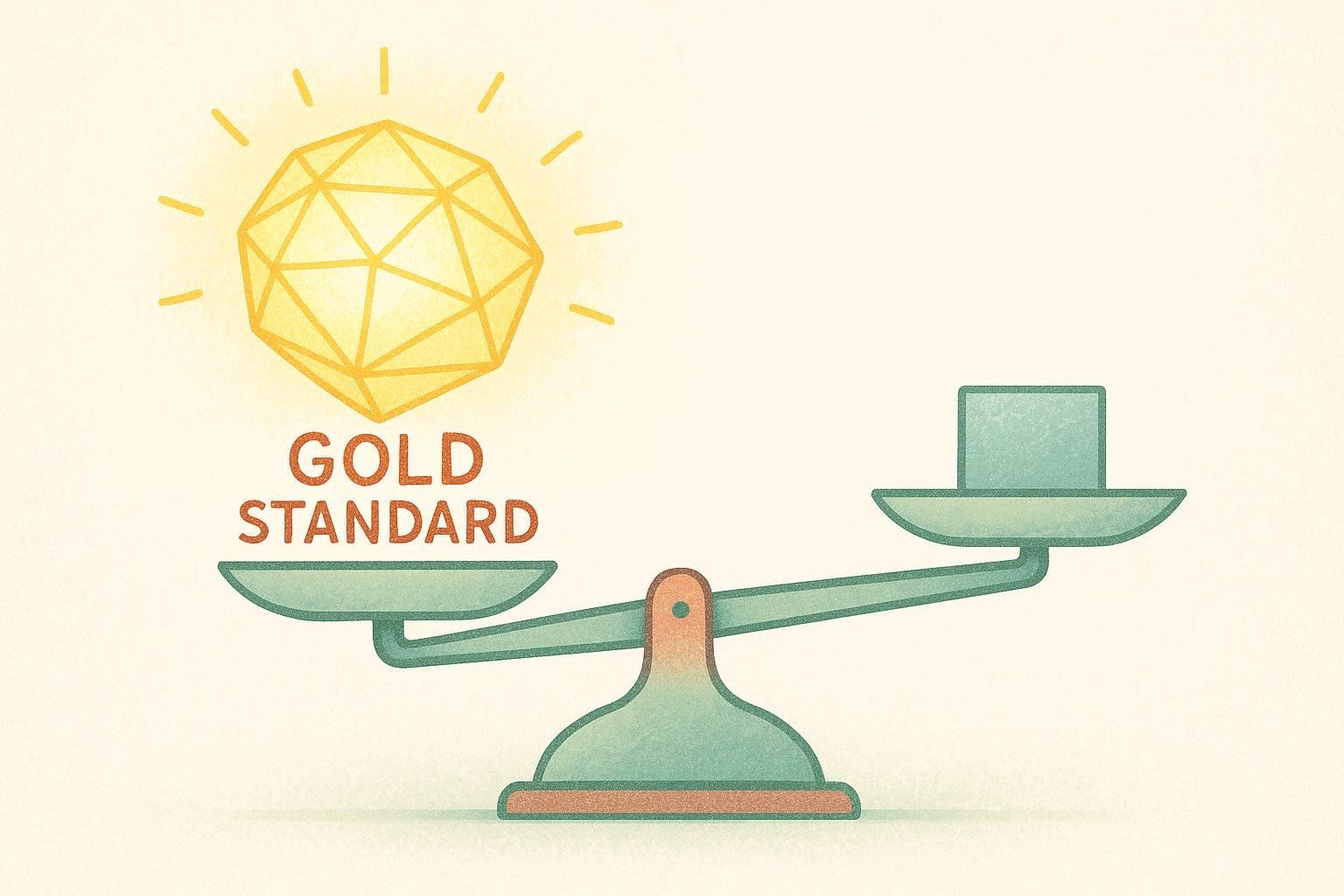
Short answer: BIA will never beat a DEXA scan, but a good scale can keep you within a predictable range so you know whether your cut or bulk is on track. For more on DEXA’s precision, read our guide to InBody vs. DEXA scans.
Buyer’s Checklist: Features That Actually Matter
- Frequency type — Single-frequency is cheaper but more hydration-sensitive; multi-frequency better handles fluid shifts for steadier trends.
- Segmental analysis — Breaks down arms, legs, and trunk; helpful for symmetry checks and monitoring imbalances.
- Visceral-fat estimate — Consumer scores are rough; use DEXA for precise visceral fat (VAT) in grams. Learn more in our explainer on visceral vs. subcutaneous fat.
- App UX & integrations — Prioritize automatic Apple Health/Google Fit sync and easy CSV export.
- User modes — Pregnancy, Baby, Athlete, or Eyes-Closed modes can improve safety and consistency.
- Weight capacity & platform size — Confirm a 400-lb+ limit and ample foot space if you need it.
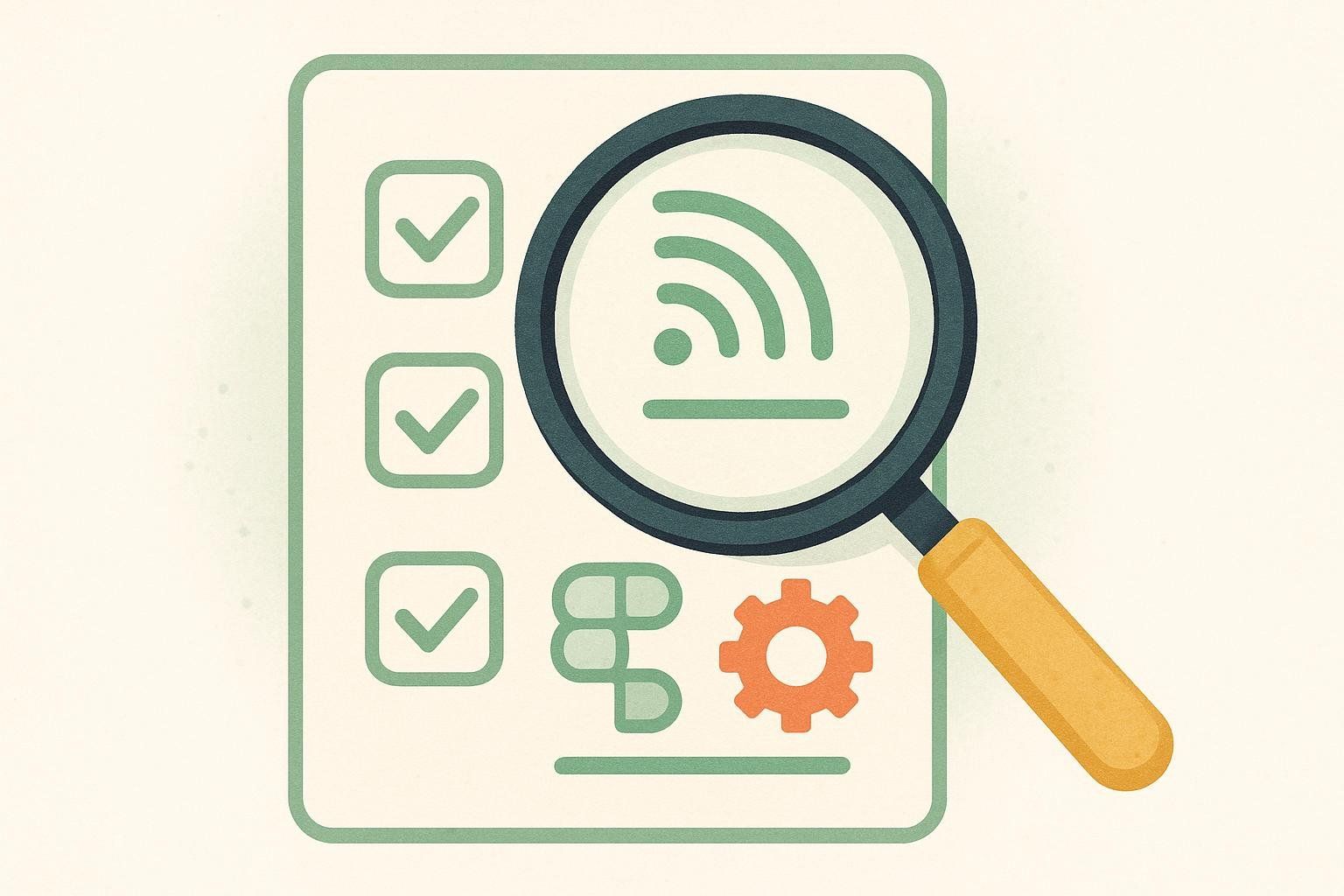
2025 Quick-Look Comparison
Prices are typical street prices at time of writing and can fluctuate.
| Scale (Price) | Metrics Tracked | Tech Highlights | Connectivity | Best For |
|---|---|---|---|---|
| Withings Body Scan (~$499) | 17+ | Multi-frequency, segmental BIA, 6-lead ECG; vascular age & nerve assessment | Wi-Fi + Bluetooth | Data-driven athletes and health optimizers (Withings) |
| Tanita RD-545 (~$550) | 26 | Multi-frequency BIA with hand electrodes; detailed segmental analysis | Bluetooth | Strength athletes who want limb-by-limb detail (Tanita) |
| Garmin Index S2 (~$200) | 7 | Single-frequency BIA; simple, reliable | Wi-Fi | Runners and cyclists already in Garmin Connect (Garmin) |
| Eufy Smart Scale P3 (~$99) | 16 | Single-frequency BIA; frequent sale pricing makes it high-value (Eufy) | Wi-Fi + Bluetooth | Busy professionals who want clean trend charts |
| Wyze Scale X (~$34) | 13 | Single-frequency; Baby & Pregnancy Modes | Bluetooth | Postpartum and budget-focused users (Wyze) |
| Hume Health Body Pod (~$300) | 45+ (claimed) | 8-frequency sensors; manufacturer-claimed “98% accuracy” vs DEXA | App + health-platform sync | Feature-maximalists; validate claims over time (Hume Health) |
Best Body-Fat Scales for Fitness Enthusiasts
1) Withings Body Scan
Why we like it: Segmental fat & muscle readings, FDA-cleared 6-lead ECG, and vascular-age insights on a polished app. Also tracks more than 17 metrics depending on app features and subscriptions.
Downside: App can feel busy; premium price.
2) Tanita RD-545
Why we like it: Multi-frequency BIA plus hand electrodes for detailed segmental analysis—great for monitoring left/right and upper/lower balance.
Downside: No Wi-Fi; Bluetooth-only syncing and fewer third-party integrations than Wi-Fi models.
3) Garmin Index S2
Why we like it: Seamless Garmin Connect integration; auto-sync with your training data and a clean interface.
Downside: Single-frequency means less granularity than multi-frequency competitors.
Honorable mention: The Hume Health Body Pod offers 8-frequency sensors and over 45 metrics. Since the manufacturer's accuracy claims are not yet widely validated, verify its trends against periodic DEXA scans.
Best Body-Fat Scales for Health-Conscious Professionals
1) Eufy Smart Scale P3
Why we like it:
- Minimalist app with clear long-term trend views that cut through information overload
- Wi-Fi uploads happen in the background—no manual syncing
- Frequent sale pricing (about $55–$99) makes it a strong value
- Syncs with Apple Health and Google Fit, so you’re not tied only to the Eufy app
Downside: Single-frequency BIA and no segmental readouts.
2) Garmin Index S2
Why we like it: Tight Garmin Connect integration centralizes weight and body-comp alongside your activity, sleep, and HR—so your data lives in one dashboard if you already use a Garmin watch. The on-device display is clean and easy to read for quick daily check-ins.
Downside: Provides fewer body-composition details than multi-frequency options.
Best Body-Fat Scales for Postpartum Parents
1) Wyze Scale X
Why we like it: Baby Mode lets you weigh your infant while holding them; Pregnancy/Weight-Only Mode disables the current for safety.
Downside: Bluetooth only—no Wi-Fi.
2) Eufy Smart Scale P3
Why we like it: Unlimited user profiles and clear trend charts for the whole family.
Downside: No dedicated Baby Mode; body-composition features should be avoided during pregnancy.
Tips to Get Lab-Level Consistency From Your Scale
- Weigh at the same time daily—ideally first thing in the morning after using the restroom.
- Stand still, feet bare and dry, centered on the electrodes.
- Skip lotion—oily skin interferes with electrical flow.
- Log hydration and sodium—big swings can shift impedance.
- Track trends, not single readings—a seven-day rolling average beats any one measurement.
- Calibrate expectations with periodic DEXA scans—compare your scale to a BodySpec DEXA scan every few months to understand your personal variance.
FAQ
Are body-fat scales accurate?
Accuracy varies. Expect systematic bias and hydration sensitivity. See the “Body-Fat Scale Accuracy” section above for the research summary and study links.
Which body-fat scale is the most accurate?
No consumer BIA scale matches DEXA. That said, multi-frequency, segmental models (often with hand electrodes) tend to perform better than single-frequency, foot-to-foot devices. Examples include Withings Body Scan and Tanita RD-545.
Are body-fat scales safe during pregnancy?
Most manufacturers advise against standard BIA during pregnancy. Choose a model with Pregnancy/Weight-Only Mode that disables the current (e.g., Wyze Scale X) or use weight-only mode. Always confirm with your healthcare provider.
How does visceral-fat scoring work on scales?
Scales estimate visceral fat from impedance plus demographic inputs. They’re less precise than a DEXA visceral-fat gram reading but can show whether your lifestyle changes are trending up or down. Learn more in our explainer on visceral vs. subcutaneous fat.
The Bottom Line
Smart scales offer a convenient way to monitor day-to-day trends, but remember they’re trend trackers—not diagnostic tools. Choose a model that fits your goals, follow the usage tips above for consistent readings, and validate what the scale shows with periodic DEXA scans at BodySpec.
Book a DEXA scan today and see exactly where your fat, muscle, and bone stand—no estimates required.
